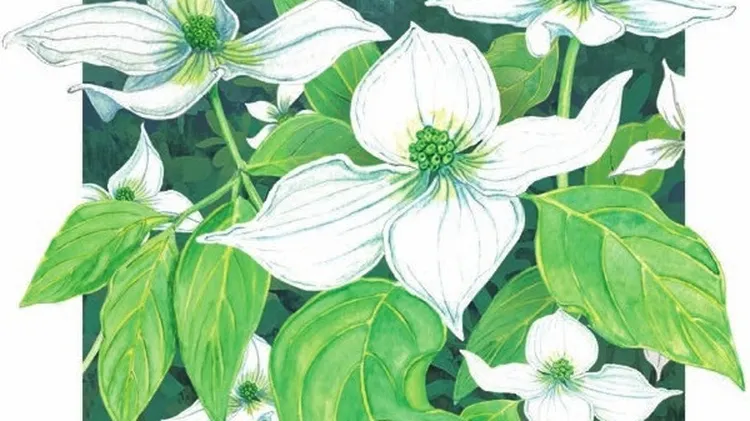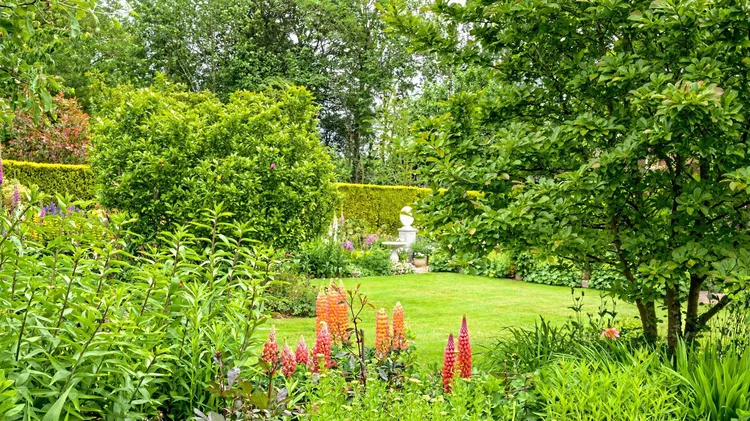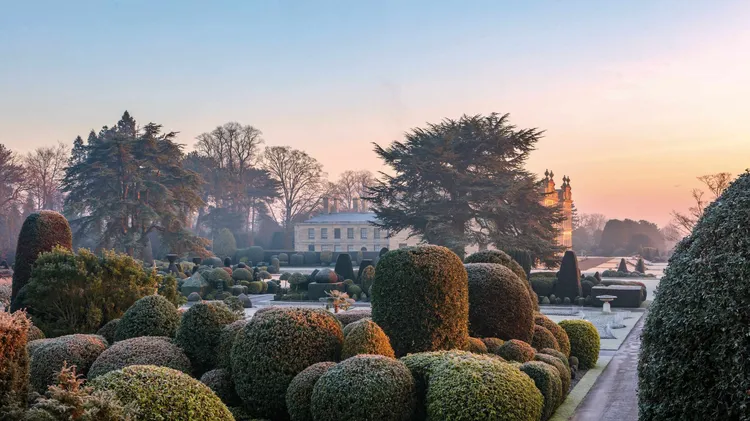A series of dedicated women have transformed a scrubby hillside near Athens into a
Tough stuff
6 min read
This article is from...
Read this article and 8000+ more magazines and newspapers on Readly






